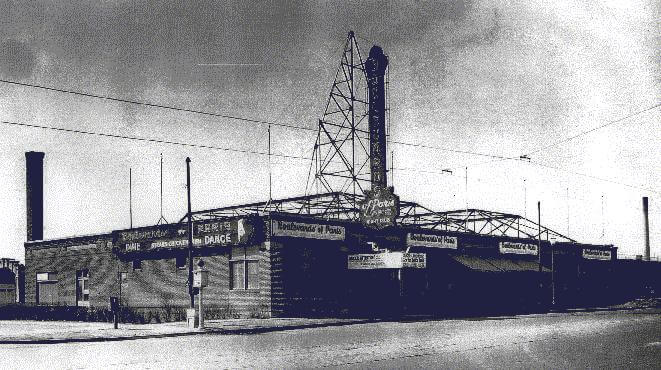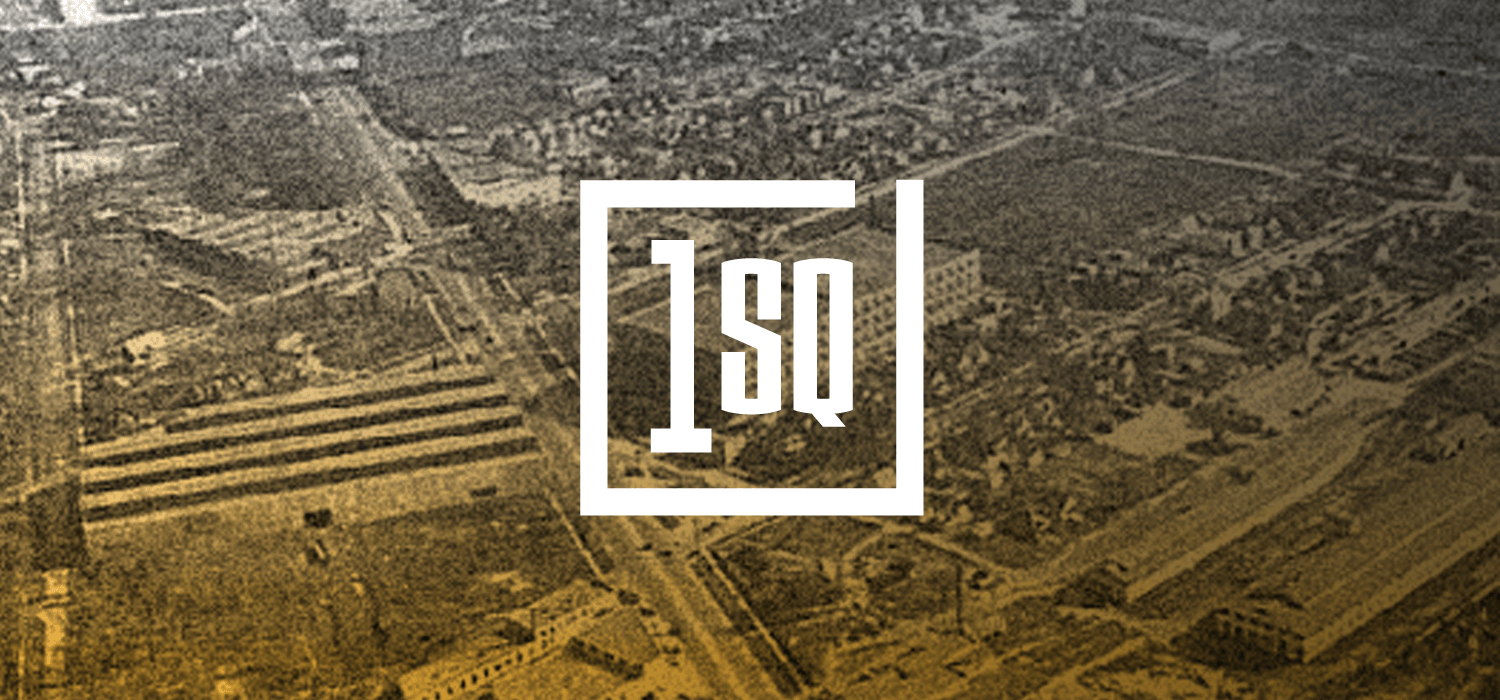1SQ (One Square Block) tells stories of the communities we serve and the people striving to effect positive change in these communities every day.
Sunrise Banks’ clients provide access to marginalized communities that ensure everyone – no matter race, ethnicity or socioeconomic status – can live a healthy, successful and fulfilling life in the Twin Cities Metro.
In these stories we’ll explore Twin Cities neighborhoods and highlight some of the organizations that aim to bolster these communities through their work in local government, business and the nonprofit sector.
At its core, 1SQ showcases what we can achieve when we work together to create a more equitable, sustainable community.
A Storied Past

In 1929, the Boulevards of Paris opened its doors on University and Lexington Avenues in St. Paul. Flanked by a giant dancehall, the club was a haven for thirsty revelers during Prohibition, with patrons sneaking in booze and gambling in the Boulevard’s basement.
The spot was a popular locale for bootleggers and depression-era gangsters during the so-called “O’Connor Agreement, Off Site Link” in which mobsters from all over the country fled to St. Paul for refuge through bribes with local police.
John Dillinger was one of the more notorious crooks who found safe harbor in St. Paul, and escaped police during a shootout at the Edgecumbe Apartments just off of Grand Avenue, roughly two miles south of The Boulevards of Paris.
While the intersection at University and Lexington might conjure up images of decadence and racketeering for some, John Regal likely has different memories associated that stretch of St. Paul’s Midway neighborhood.
Regal’s father, David, started working at Desnick’s Drug at that same intersection in 1956 before eventually buying the store. The drug store was open every day from 9 a.m. until 11 at night, filling prescriptions for residents from all over the greater Twin Cities.
John Regal made deliveries for the store as a teenager and drove all around the Metro area to make sure people got their medication.
“I knew where every senior citizen high rise was in the Twin Cities. I knew how to play bridge, too. I’d walk in, and [a customer] would have three of her partners there. I’d play the bridge hand while she was writing her check,” said Regal. “It was just a great experience for a 16-year-old.”
The transformation of Lexington and University Avenues from an intersection that hosted carousing hoodlums to a corner known for its mom and pop drug store represents only a sliver of the change that the Midway neighborhood and “the Avenue,” as it’s affectionately referred to, have experienced over the years.
“Authentic and Resilient”
The Avenue has seen its fair share of development in St. Paul and Minneapolis, from its initial paving in 1899 all the way through the construction of the Green Line and Allianz Field. Originally given its name due to its ability to connect Hamline and the University of Minnesota, University Avenue has done far more than act as merely a convenient arterial in the Twin Cities. It has carved out its own persona as one of the region’s most diverse and symbolic areas.
St. Paul City Councilwoman Mitra Jalali Nelson describes the Midway as “authentic and resilient, down to earth.”
“I think it is a very reflective neighborhood of our diverse St. Paul community,” said Nelson. “I think there’s a toughness and a pride (in the neighborhood). We’re a neighborhood that’s always been here, and is always going to be here.”
Midway is a diverse area, consisting of a large minority population. The median family income in the area is around $90,000, with the majority of its residents renting instead of owning homes. More than 14 percent of residents in the Midway neighborhood live below the poverty line.
Sunrise Banks has called the Midway home for decades, and enjoyed a front-row seat to the transformation taking place there, especially through the bank’s involvement with the New Markets Tax Credits (NMTC) program.
NMTC looks to spark positive change in low- and moderate-income communities by investing in organizations that provide jobs, community resources, services and opportunities for environmental sustainability.
This program helps to further develop businesses like Desnick’s Drug, and give future residents the ability to experience the city as John Regal did.
“University Avenue was a big deal, and it’s really changed. It still is the lifeblood of our city; it connects a lot of people, a lot of cultures … it’s always evolving,” said Regal.
Along with numerous other local organizations, Habitat for Humanity, the YMCA, Junior Achievement and Metro Plains, LLC, have all done their part to promote economic development and growth in the Midway and beyond through their programs and community outreach.
In total, these four organizations have created more than 550 living-wage jobs to the Twin Cities Metro. They have acted as changemakers in the community, providing services that enhance the quality of life for all residents of the Midway neighborhood.
Read more about each of these organizations and their impact, by clicking the links below:

